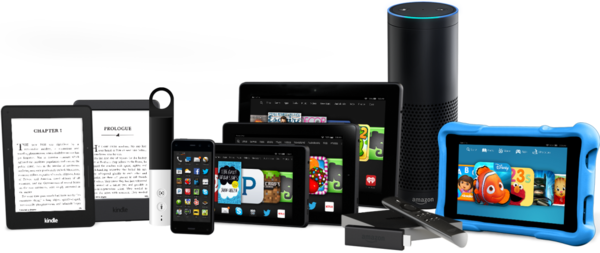 1Password and LastPass are probably the two best known names in the password storage business, both having been around from 2006 and 2008, respectively. Back in 2008, the internet was a very different place than it is today, especially when it comes to security. Since then, a lot has changed and the world has (hopefully) become a more security-conscious place – and security experts have come to a consensus on a lot of practices and approaches when it comes to encryption and the proper handling of sensitive data.
1Password and LastPass are probably the two best known names in the password storage business, both having been around from 2006 and 2008, respectively. Back in 2008, the internet was a very different place than it is today, especially when it comes to security. Since then, a lot has changed and the world has (hopefully) become a more security-conscious place – and security experts have come to a consensus on a lot of practices and approaches when it comes to encryption and the proper handling of sensitive data.
Both of these password managers are heavily vetted and constantly under scrutiny from security researchers, crackers, state security agencies, white hat hackers, and more with open bug bounty programs [1] [2] (though some considerably more generous than others), and are probably “safe” choices for the average computer user.. to an extent.


 We are proud to present the latest addition to our open source portfolio,
We are proud to present the latest addition to our open source portfolio, 



 Dedicated followers (and anyone making the switch from Mac to PC) – this Pi Day 2017 gift is just for you! A new day means a new free app for our favorite peeps on the internet. Meet Easy Window Switcher, our invisible window cycling utility that makes it ridiculously easy to jump between windows of the same application à la OS X with the alt` (alt-backtick) keyboard shortcut.
Dedicated followers (and anyone making the switch from Mac to PC) – this Pi Day 2017 gift is just for you! A new day means a new free app for our favorite peeps on the internet. Meet Easy Window Switcher, our invisible window cycling utility that makes it ridiculously easy to jump between windows of the same application à la OS X with the alt` (alt-backtick) keyboard shortcut.